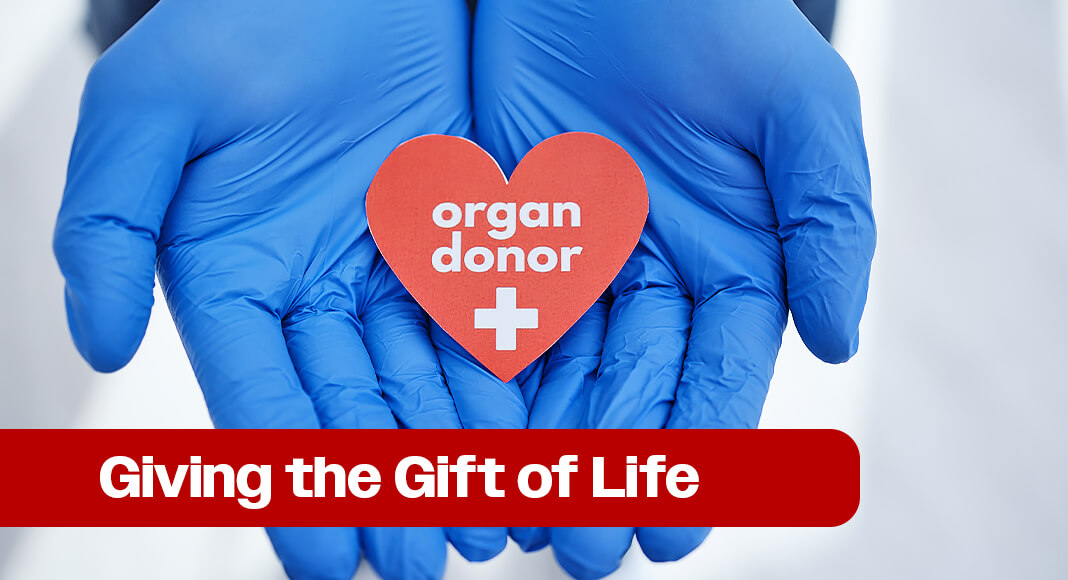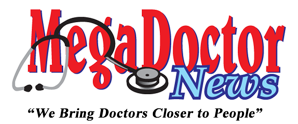
Mega Doctor News
By Mayo Clinic
Newswise — ROCHESTER, Minn. — Organ donation is a powerful act of generosity and compassion. It is one that can save lives, restore health and offer hope to those facing critical illness. While donation rates vary across different communities, there is a meaningful opportunity in underrepresented communities where donation rates remain disproportionately low. This presents an opportunity for people to help raise awareness and inspire others to consider this vital choice.
More than 106,000 people in the U.S. are waiting for a lifesaving organ transplant, according to the United Network for Organ Sharing (UNOS). Many come from diverse backgrounds, yet donor representation from these communities remains low. By learning about organ donation and choosing to register, whether as a living or deceased donor, individuals can help strengthen awareness and directly support the health and well-being of their communities.
“Increasing diversity among organ donors is essential to improving equity in transplantation,” says Pooja Budhiraja, M.B.B.S., a Mayo Clinic nephrologist. “Minority communities often face a higher risk of organ failure and longer wait times, yet they remain underrepresented among donors. Greater donor diversity can improve compatibility, shorten wait times and lead to better outcomes.”
Mayo Clinic experts share five reasons why expanding organ donor participation across all communities can make a life-saving difference.
1. One donor can save up to eight lives.
A single organ donor can save up to eight lives by donating organs such as kidneys, liver, heart, lungs, pancreas and intestines. In addition, donors can improve many more lives through tissue and eye donation, helping others regain mobility, sight, and healing after trauma or illness.
2. Living donation is a safe and viable option.
Living donation, such as donating one kidney or a portion of the liver, is a life-changing gift and a faster route to transplant for many. Kidney donation is the most common type of living-donor transplant. A healthy person can donate one of their two kidneys and continue living a full, active life.
“Living donors undergo comprehensive health screens to ensure that donation is safe and will not negatively impact their long-term health,” says Shennen Mao, M.D., a Mayo Clinic transplant surgeon. “Following donation, our living-donor heroes have gone on to bear children, climb mountains and complete marathons.”
3. Age isn’t a barrier to organ donation.
There is no upper age limit for organ, eye or tissue donation. While you must be at least 18 to register in most states, eligibility is based on medical condition at the time of donation, not age alone. Older adults — including those in their 70s or beyond — have successfully donated organs and tissues.
4. Underrepresented populations are more likely to need a transplant.
Conditions that can lead to organ failure — such as diabetes, high blood pressure, and heart disease — are more common in African American, Latino, Asian American and Native American communities. According to the National Kidney Foundation, kidney disease disproportionately affects underrepresented communities.
“Patients in minority groups face many challenges in accessing transplantation, either for donation or as a potential transplant recipient,” says Ty Diwan, M.D., a Mayo Clinic transplant surgeon. “Bringing awareness of the prospect of donation to specific groups will not only help save lives overall, but continue to foster conversations on how to improve access for patients in these specific populations.”
5. A better match can lead to better outcomes.
Organs aren’t matched by race or ethnicity, but blood types and tissue markers tend to be more compatible among people with shared ancestry. That means recipients may have better outcomes when the donor comes from a similar background.
“Registering as a donor is a simple, powerful act that can change — and even save — multiple lives. I encourage everyone to learn about donation, talk with their families, and take that step to offer hope and healing,” says Dr. Budhiraja.
To register as an organ donor, visit Donate Life America.












